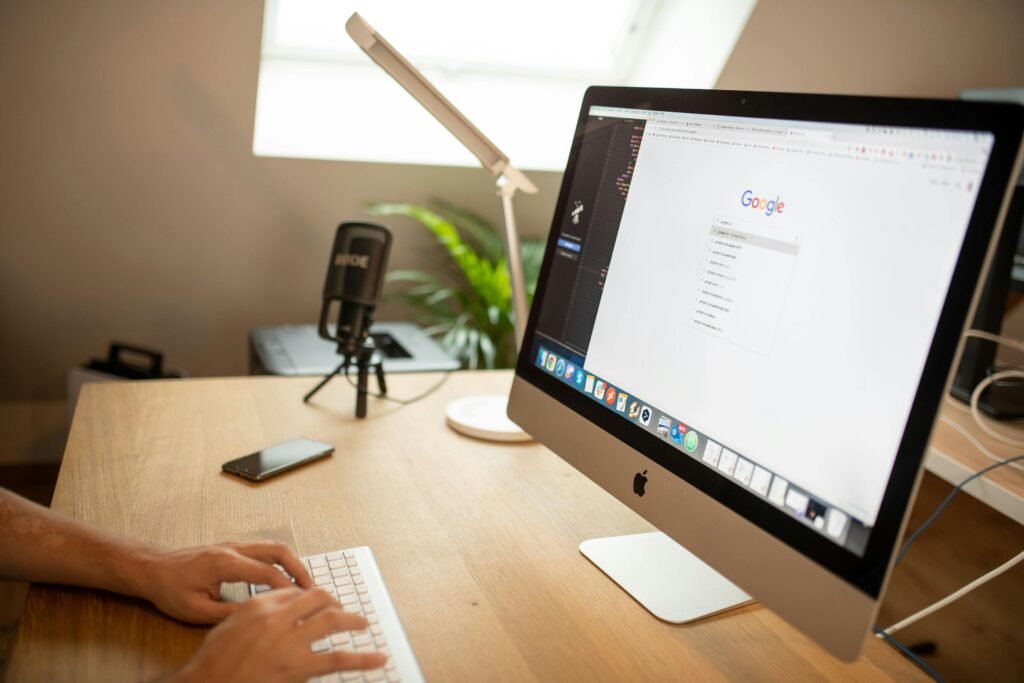
Simplify Your Debugging Process with ADB Over Wi-Fi
If you are a developer, well you simply use Android Debug Bridge (ADB), which does come with the ability to talk with Android devices on the command line. Previously this method needed a USB connection so you couldn´t go through with that…Profit(Logger) Process Data(Notes ) Everything works fine …logging data. But as technology progresses, so apparently too will the power of ADB. One of those advances is wireless ADB which allows the user to utilize any traditional ADB functions without needing to be attached via cable to a computer. Welcome to a step-by-step where you will learn how to turn on and use the ADB wireless debug mode on your Android, to facilitate debugging and developing.
What is ADB?
The Android Debug Bridge (ADB) is a command-line tool for developers. The platform is part of the Android Software Development Kit (SDK) and can be used to install various applications, debug an application read documents, etc. Normally, ADB needs a USB connection readily available between your PC and the Android device wherein you are sharing commands.
Why Use Wireless ADB?
The ease of use is the big selling point of the wireless approach over using a USB cable. USB connections, especially when testing multiple devices or debugging a moving app can get in your way. This gives a more fluid user experience rather than typing on the device that is connected and can roam around while you control it from the computer.
Prerequisites for Wireless ADB
Before starting with the setup process make sure your system follows a few prerequisites:
- Android Device: Android 11 or higher must be installed on your mobile device. Wireless ADB may also be enabled for earlier versions of Android, very likely going back several) generations et al However, Android 11 brought a more user-friendly way.
- Wi-Fi Connection: You must have Android and PC connected on the same Wi-Fi network 2. This now allows the devices to communicate with one another over the locale network.
- Developer Options: Get your Android device with Developer Options turned on. That’s what enables here adb, also needed for wireless debugging.
- USB Debugging (Temporary): At first you will need to connect your device through a USB cable to give authorization of ADB for this computer.
Step-by-Step Guide to Enable Wireless ADB
After you get that all set up, let’s go through how to enable Wireless ADB for your Android.
- Enable Developer Options
So Step 1 is to enable Developer Options on your Android device and this will unlock all kinds of advanced settings including ADB.
- Open Settings on your Android phone.
- Scroll down and tap on About phone.
- Look for the Build number and tap it seven times. You’ll see a message indicating that Developer Options have been enabled.
- Enable USB Debugging
After enabling Developer Options, we need to enable USB Debugging for the initial ADB connection to be installed.
- Go back to the Settings menu.
- Scroll down and tap on System > Developer Options.
- Find USB Debugging and toggle it on.
- Plug your phone into a computer using this cable.
- A message will appear on your phone asking you to concur on whether to Allow USB Debugging from this computer. Accept this by tapping OK.
- Enable Wireless Debugging
With wireless ADB, you will need to connect your device with a USB cable first, and then from there turn on the wireless mode.
- While still in Developer Options, look for the option labeled Wireless Debugging.
- Toggle it on.
- You may be prompted to allow wireless debugging on your current Wi-Fi network. Confirm the network and tap Allow.
- Disconnect the USB Cable
Now go ahead and unplug your phone and initiate wireless debugging. The ADB connection will be kept over Wi-Fi.
Step-by-Step Guide to Use Wireless ADB
Wireless ADB is now turned on, you can now use this feature for debugging and development purposes.
- Get the IP Address of Your Android Device
To establish an ADB connection over Wi-Fi, you’ll need the IP address of your phone.
- Open Settings on your phone.
- Open Settings, click Wi-Fi, and then select your connected Wi-Fi network.
- You will find a link to View your (device) full IP address.
- Establish a Wireless ADB Connection
With the IP address of your device, connect ADB over Wi-Fi making use of the steps below:
- You should have a command prompt or terminal window on your computer.
- Run the command of adb connect [IP address](IP address is the actual IP of your device). For example:
arduino
adb connect 192.168.1.101
- You should see a message indicating that the device is connected.
- Test the Connection
Once the wireless ADB connection is established, you can run standard ADB commands to ensure everything is working properly. For example, type:
adb devices
You should see your device listed with the IP address next to it, confirming the wireless ADB connection is active.
Troubleshooting Common Issues
Although the steps to turn on wireless ADB and start using are pretty simple, there can be a few problems along the way. All designed for responding to problems in a few common ones are solved, here is how this is done:
- Connection Refused: If you get a connection refused error when connecting using ADB, make sure that your phone and the machine are on the same Wi-Fi network. Also, ensure that the IP and the [email protected] in wireless debugging are active.
- Device Not Recognized: In case the device is not listing when you run adb devices, then restart your ADB through:
perl
Copy code
adb kill-server
adb start-server
- Slower Response: The one con is that wireless ADB will likely be slower than USB debugging because it’s at the mercy of your current Wi-Fi network. Make sure you are on a solid connection or revert to USB for heavier things.
Conclusion
Although it is a great feature, Wireless ADB brings a lot of flexibility and convenience concerning developers or power users. This makes debugging and testing of your apps much more efficient since you do not need a USB connection, especially when you are trying to interact with the device while walking around. Setup is a little bit of extra work up front, but the time-saving and additional possibilities it opens up are well worth putting in.
It is worth learning for any Android developer, be it an Android development newbie or a seasoned one so that you can leverage this superpower to quicken your workflow and make the experience during debugging seamless.






